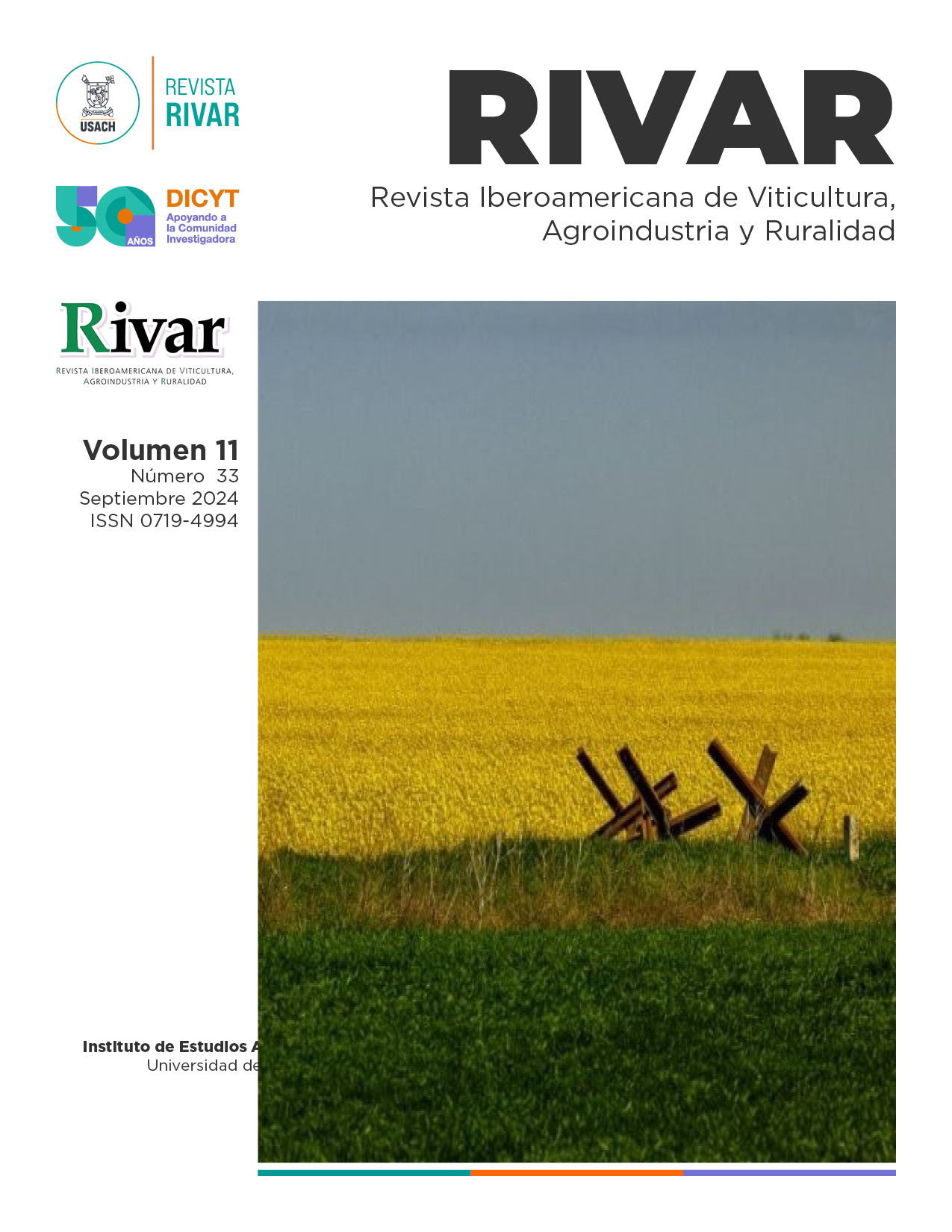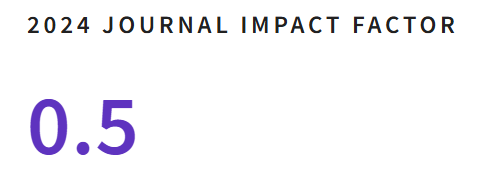Rastros de la extensión de Kayi en la región de Orangay en Kazajistán y lugares históricos en Orangay y sus alrededores
DOI:
https://doi.org/10.35588/rivar.v11i33.6437Palabras clave:
tribus, pueblos turcos, gran estepa, oghuz, cultura materialResumen
Estudiaremos las huellas que los kayi dejaron de su estancia en la región de Orangay, en Kazajistán. Este estudio utiliza una variedad de métodos de investigación científica, incluidos enfoques descriptivos, comparativos, histórico-críticos y dialécticos, así como métodos de análisis y síntesis. La investigación revela que Orangay, situada dentro del oasis de Turkestán y a lo largo de un ramal de la Gran Ruta de la Seda, desempeñó un papel crucial en la historia de la tribu kayi durante los siglos VIII-XI. Esta región sirvió como punto focal para los oghuzes y fue testigo del surgimiento del Estado oghuz en la región del mar de Aral y las partes bajas del Syr Darya. Orangay también marcó la consolidación de la tribu kayi, marcando el comienzo de su ascenso. Las excavaciones arqueológicas en el oasis de Turkestán proporcionaron evidencia concreta de la conexión directa entre la región de Orangay y la tribu kayi, incluido el descubrimiento de cerámica adornada con patrones de serpientes, característicos de la cultura material de la tribu kayi. En conclusión, esta investigación establece a Orangay como una región históricamente significativa para la tribu Kayi durante los siglos VIII-XI en Asia Central.
Descargas
Referencias
Ahmadova, E.H. (2022). Linguistical Analysis of Formed Toponyms in Accordance with Gubadli’s Phonetic Changes. Colloquium-Journal Philological Sciences, 4(127), 69-74.
Akhinzhanov, S.M. (1995). Kipchaks in the History of Medieval Kazakhstan. Gylym.
Al-Kashghari, M. (1985). Compendium of the Turkic Dialects (Diwan lugat at-Turk). Cambridge University Press.
Babayev, F.F. (2023). Food Security in Azerbaijan in the Context of Global Challenges. Role of Business Competitiveness. Universidad y Sociedad, 15(1), 352-362.
Bazaluk, O. (2018). The Feature Transformations of the Basic Meanings of Greek Paideia in the Educational Theories in the Middle Ages. Schole, 12(1), 243-258.
____. (2019). The Revival of the Notion of Arete in Contemporary Philosophy. Schole, 13(1), 198-207.
Duran, R. and Head, A. (2018). The Use of the Kayi Tribe Stamp of the Oghuz People as a Motif in Anatolian Turkish Architectural Decoration. Selcuk University Journal of Turkic Studies, 43, 523-535.
Farajova, A.A.G. (2022). The Place and Function of Dede Gorgud Image in the System of Oguz Theogonic Views. Colloquium-Journal Philological Sciences, 31(1534): 60-64.
Karshieva, S. (2023). The Study of “Oguznoma” and the Motives of Shamonic Mythology in it. Science and Innovation, 2(2), 211-215.
Kekevi, I. (2021). Oguz Adi in Yenisei Yazitlar. In K. Azılı, İ. Kekevi, and H. Gökçe (Eds.), Oguz Bitig. Studies on Modern and Historical Oghuz (pp. 58-64). Bilge Kultur Sanat.
Kim, K.H., and Chung, J.K. (2023). A Study on “Arirang” a Korean Folk Song that is Being Accepted Worldwide. European Journal of Science and Theology, 19(1), 77-91.
Mamajonova, D. (2021). Composable Works of Mahmudjon Tajiboyev, People’s Court of Uzbekistan. Oriental Art and Culture, 2(4), 268-277.
Mukhajanova, T.N. and Asetilla, A.M. (2016). “Kipchak” Ethnonym and the History of its Origin. World Science, 12(16), 39-41.
Pilipchuk, Y.V. (2014). Berendei and Kaepichi: Oguzes or Kipchaks. Bulletin of KazNPU, 4(43), 48-54.
Sattorova, Z.I. (2022). A Study of the Work of Mahmud Kashgari in Turkology. Oriental Journal of Social Sciences, 2, 130-137. https://doi.org/10.37547/supsci-ojss-02-01-14
Seo, I.S., Jeong, M.J., Seok, J.O., Kim, H.W., and Chung, J.K. (2022). Wylie H. Forsythe: Revolutionizing Leprosy Treatment in Modern Korea. Astra Salvensis, 2022(1): 67–78.
Smagulov, E.A., Petrov, P.N., and Erzhigitova, A.A. (2018). When the Medieval City of Shavgar Ceased to Exist or New Data on the Chronology of the Upper Layers of the Shoitobe Settlement (Turkestan Oasis). Archeology of Kazakhstan, X(1), 164-189.
Tazhekeyev, A.A., Darmenov, R.T., and Sultanzhanov, Z.K. (2020). Organization of a Buffer Zone and Conservation Work at the Site of Dzhankent. Archeology of Kazakhstan, 1(7), 88-98.
Tuyakbaev, M. (2009). Historical Topography and Development of Cities and Settlements of the Turkestan Oasis (XIII-XIX Centuries). Al-Farabi Kazakh National University.
Zholdasov, T.M. (2018). Treasures in the Collection of the Azret Sultan Museum. Archeology of Kazakhstan, 1(2), 288-293.









